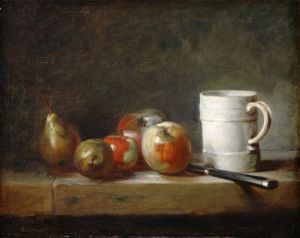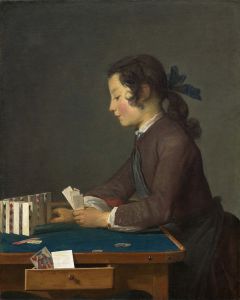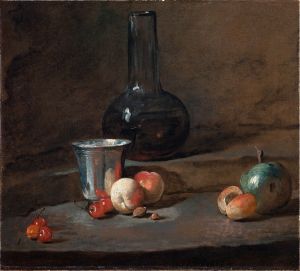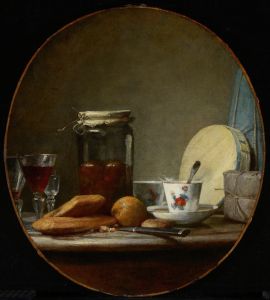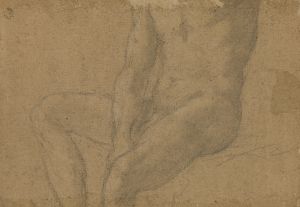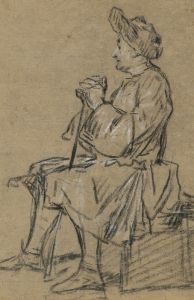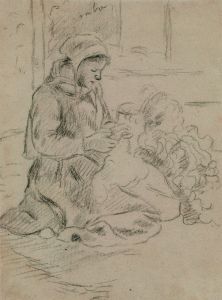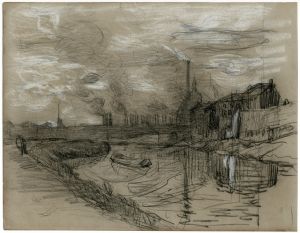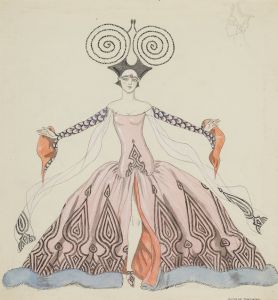
Woman Drawing Water at the Cistern
A hand-painted replica of Jean Siméon Chardin’s masterpiece Woman Drawing Water at the Cistern, meticulously crafted by professional artists to capture the true essence of the original. Each piece is created with museum-quality canvas and rare mineral pigments, carefully painted by experienced artists with delicate brushstrokes and rich, layered colors to perfectly recreate the texture of the original artwork. Unlike machine-printed reproductions, this hand-painted version brings the painting to life, infused with the artist’s emotions and skill in every stroke. Whether for personal collection or home decoration, it instantly elevates the artistic atmosphere of any space.
Jean Siméon Chardin's Woman Drawing Water at the Cistern is a painting created by the French artist, who is widely regarded as one of the most significant still-life and genre painters of the 18th century. Chardin, known for his meticulous attention to detail and ability to capture the quiet dignity of everyday life, painted this work in the mid-18th century. The painting exemplifies his skill in portraying domestic scenes with a sense of realism and intimacy.
The artwork depicts a woman engaged in the simple act of drawing water from a cistern, a common household activity during the period. The setting is a modest interior, characterized by its subdued lighting and carefully arranged objects. Chardin's use of soft, muted tones and his mastery of light and shadow create a tranquil and contemplative atmosphere. The composition is balanced and harmonious, with the figure of the woman serving as the focal point. Her posture and expression convey a sense of quiet concentration, emphasizing the dignity of her labor.
Chardin's works, including Woman Drawing Water at the Cistern, are celebrated for their ability to elevate ordinary, everyday moments into subjects worthy of artistic representation. His approach reflects the influence of Dutch Golden Age painters, particularly in his attention to detail and his focus on domestic interiors. However, Chardin's style is distinct in its emphasis on simplicity and restraint, avoiding the ornate or dramatic elements often found in Baroque art.
The painting is an example of Chardin's genre scenes, which often featured women, children, and servants engaged in household tasks. These works were highly regarded during his lifetime and continue to be appreciated for their timeless quality and insight into 18th-century domestic life. Chardin's ability to imbue such scenes with a sense of humanity and universality has earned him a lasting place in the history of art.
The current location of Woman Drawing Water at the Cistern is not definitively documented in widely available sources, and further details about its provenance or exhibition history are limited. However, the painting remains an important example of Chardin's contribution to genre painting and his ability to find beauty in the ordinary.







